Neuroscience

Neurotransmitter receptors function via various G-protein coupled and G-protein independent mechanisms that activate downstream intracellular signaling pathways such as cAMP/PKA, PI3K/AKT, phospholipase A2, and phospholipase C pathways. For instance, dopamine receptors act through adenylate cyclase to activate PKA and other signaling molecules, thereby mediate gene expression through the actions of CREB and other transcription factors. Other neurotransmitters such as NMDAR or AMPAR are associated with ion channels that control flux of Ca2+ and Na+, thus propagating the action potential across the post-synaptic neuron.
Dysfunctions in GABAergic/glutamatergic/serotonergic/dopaminergic pathways result in a broad range of neurological disorders such as chronic pain, neurodegenerative diseases, and insomnia, as well as mental disorders including schizophrenia, bipolar disorder, depression, and addiction.
-
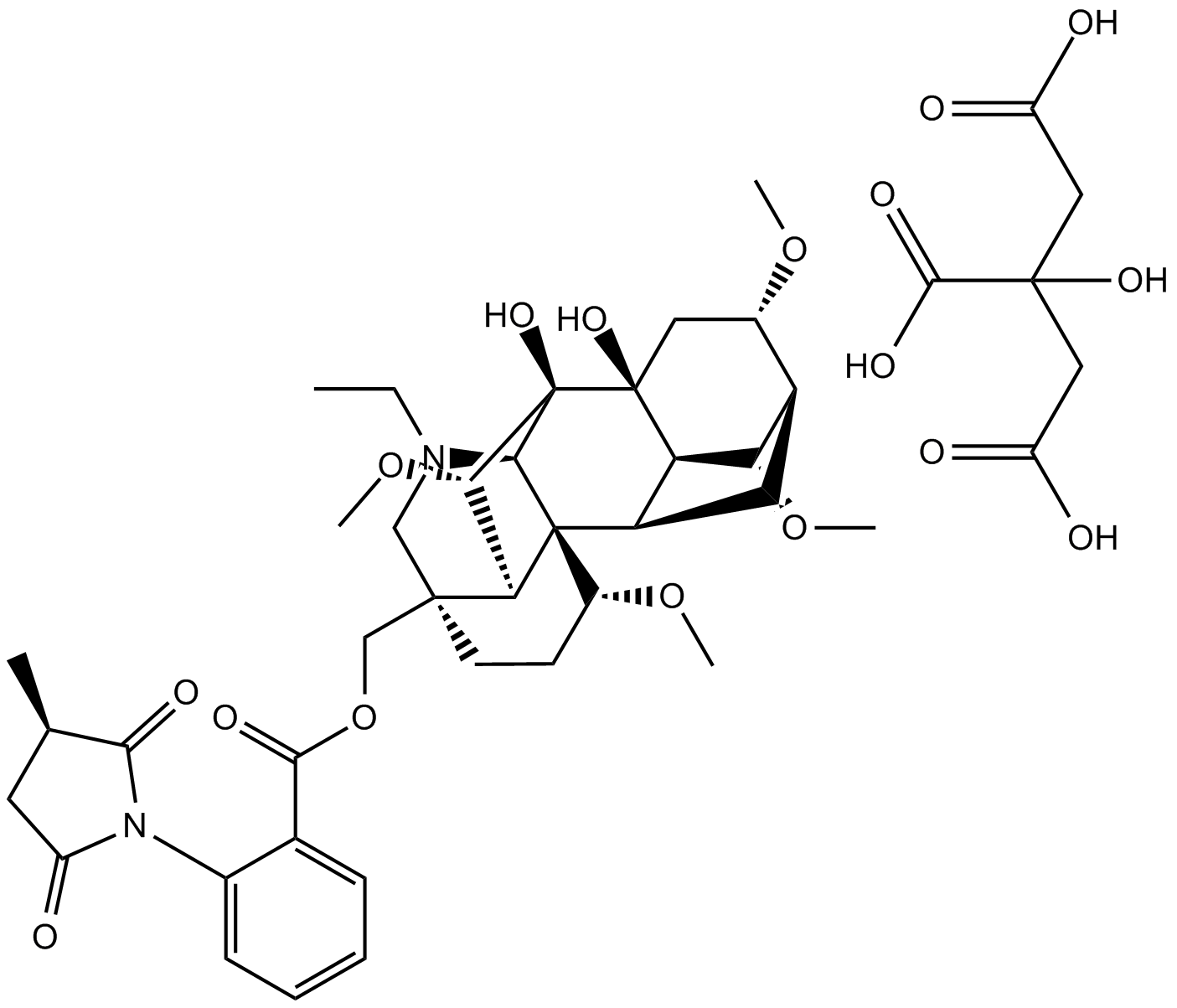 B6556 Methyllycaconitine citrateSummary: α7-containing neuronal nicotinic receptors antagonist
B6556 Methyllycaconitine citrateSummary: α7-containing neuronal nicotinic receptors antagonist -
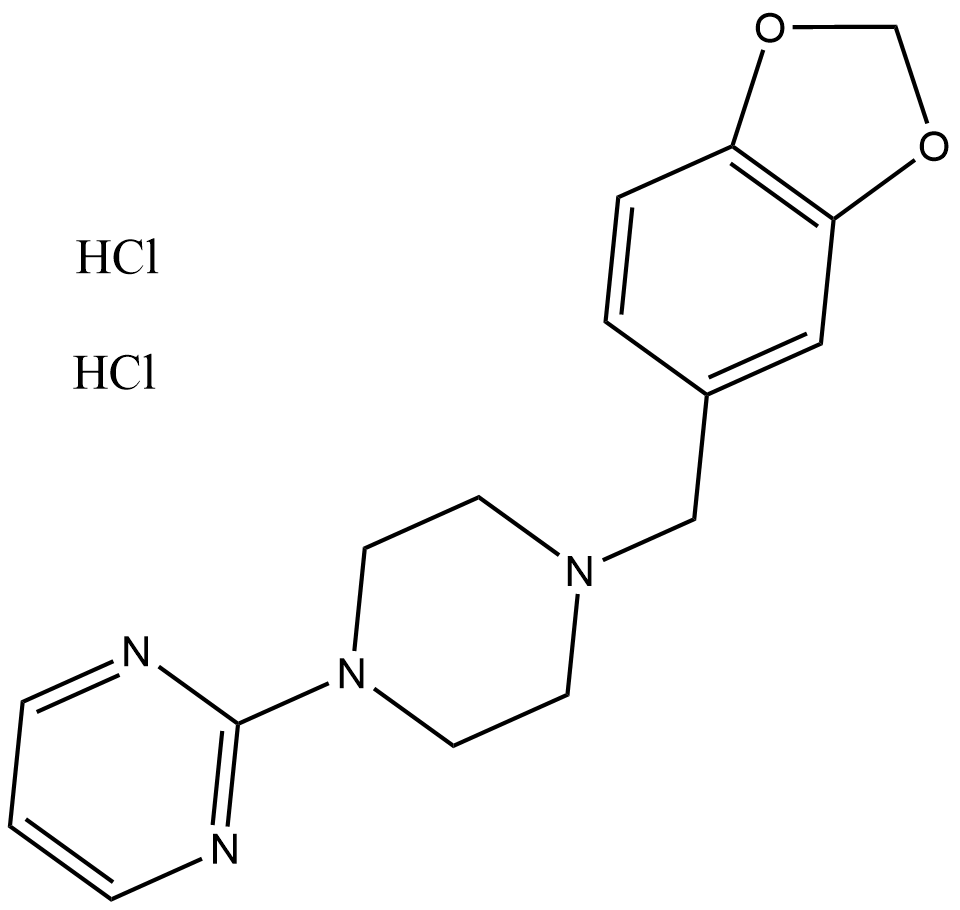 B6557 Piribedil dihydrochlorideSummary: dopamine agonist
B6557 Piribedil dihydrochlorideSummary: dopamine agonist -
 B6569 CHPGTarget: Glutamate (Metabotropic) Group I ReceptorsSummary: mGlu5 metabotropic glutamate receptor agonist
B6569 CHPGTarget: Glutamate (Metabotropic) Group I ReceptorsSummary: mGlu5 metabotropic glutamate receptor agonist -
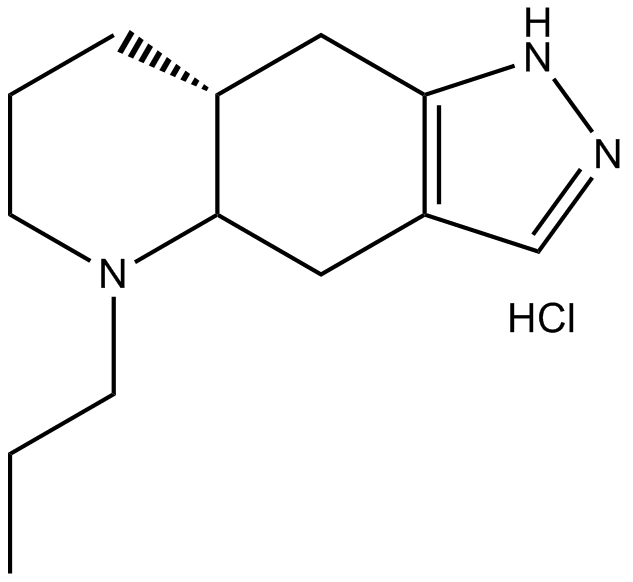 B6576 (-)-Quinpirole hydrochlorideSummary: dopamine D2 receptor agonist
B6576 (-)-Quinpirole hydrochlorideSummary: dopamine D2 receptor agonist -
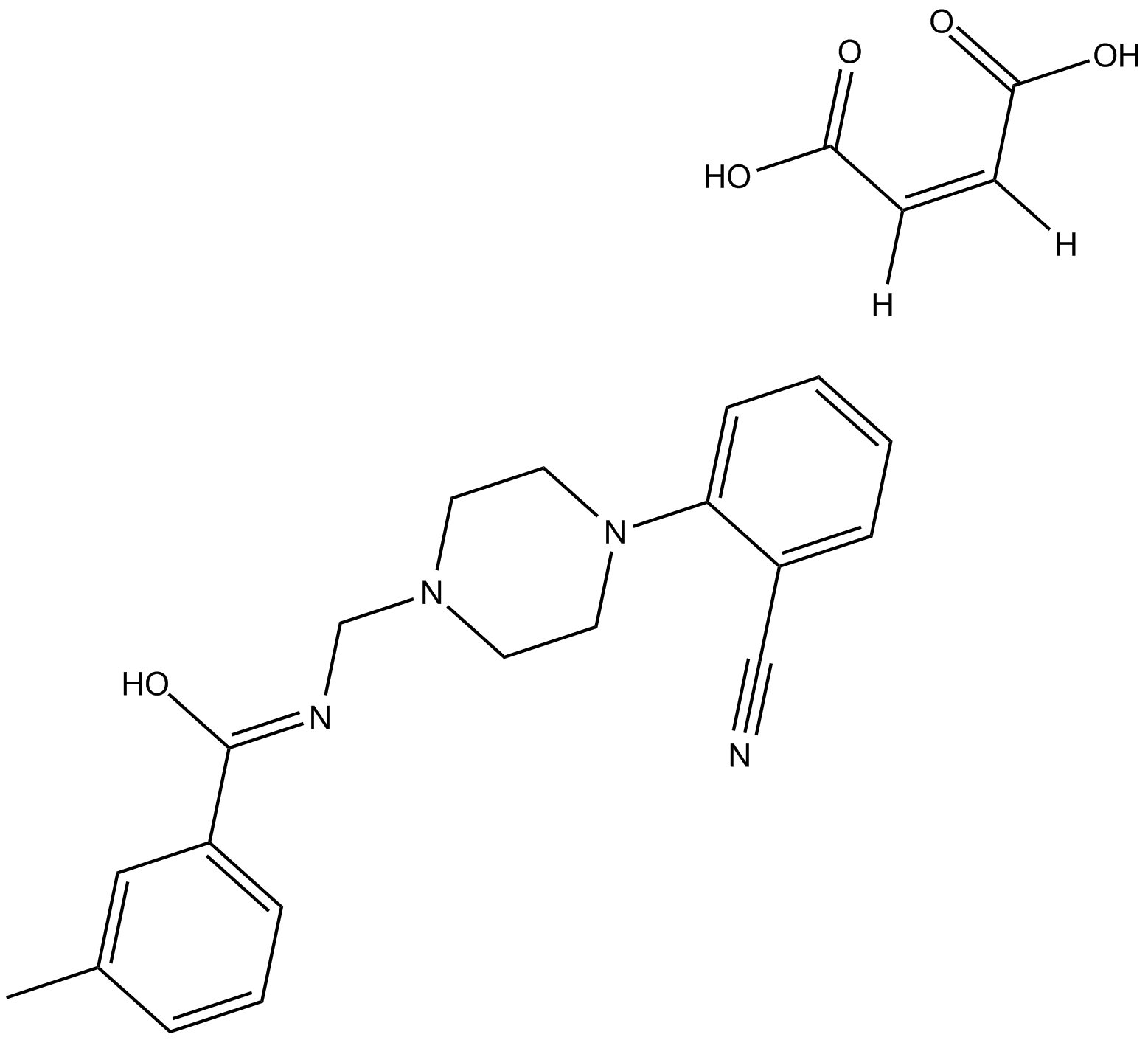 B6578 PD 168077 maleateSummary: D4 dopamine receptor agonist
B6578 PD 168077 maleateSummary: D4 dopamine receptor agonist -
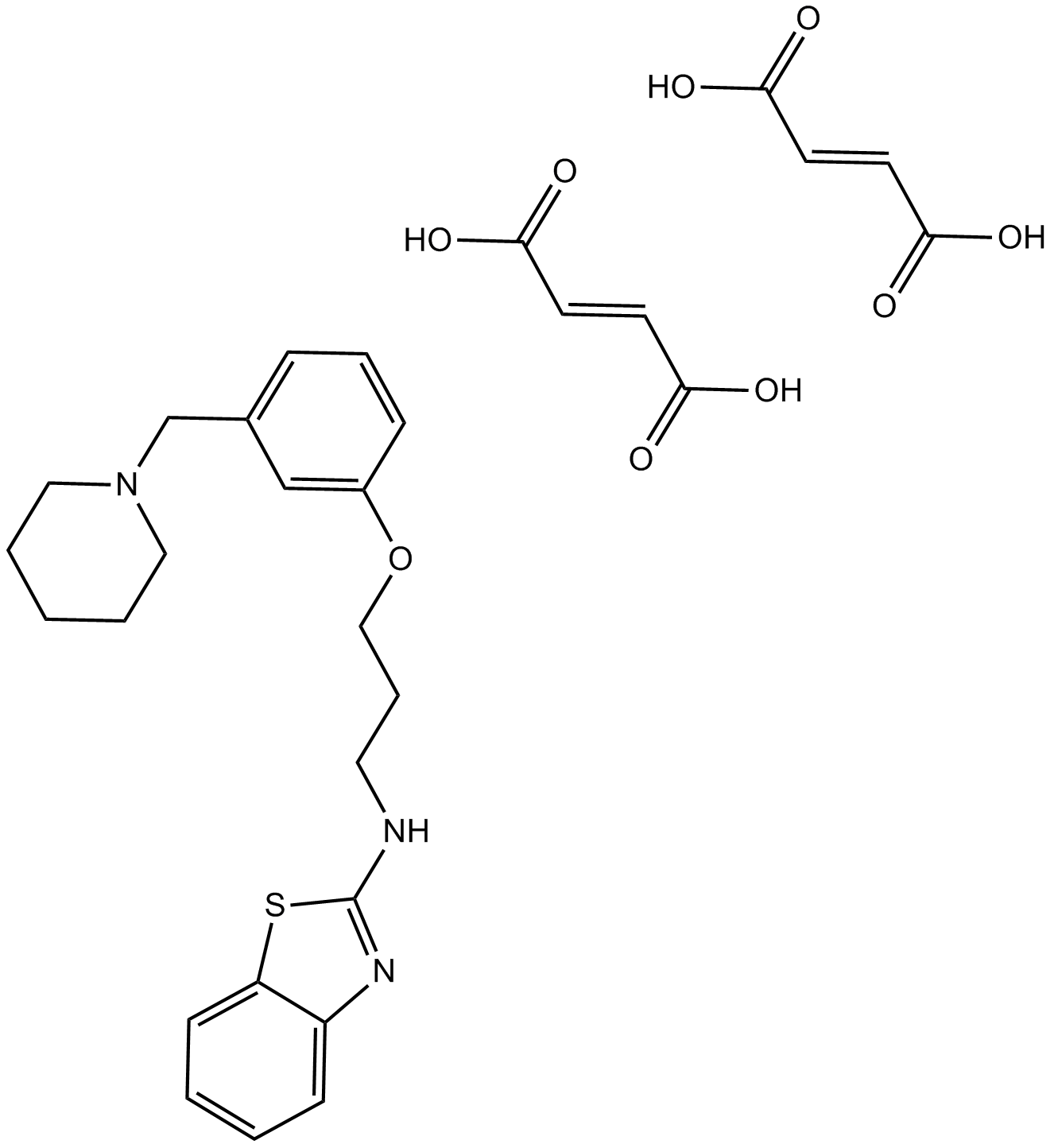 B6581 Zolantidine dimaleateSummary: H2 receptor antagonist
B6581 Zolantidine dimaleateSummary: H2 receptor antagonist -
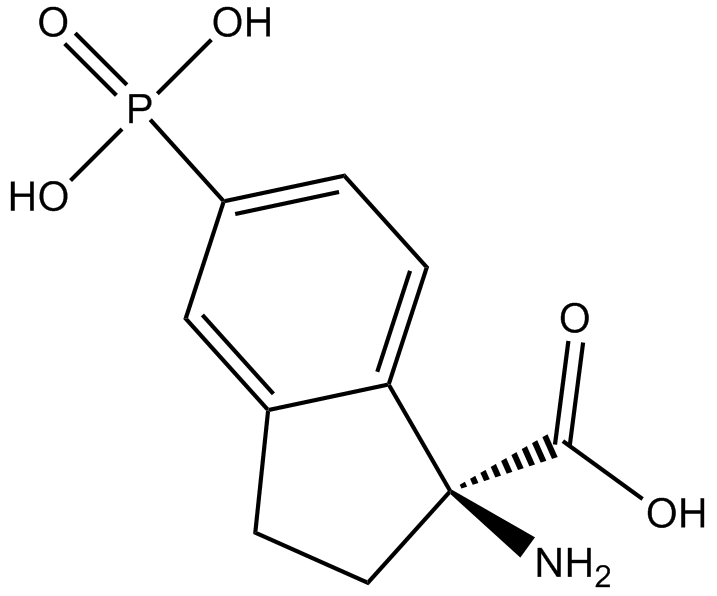 B6584 (RS)-APICASummary: group II metabotropic glutamate receptor antagonist
B6584 (RS)-APICASummary: group II metabotropic glutamate receptor antagonist -
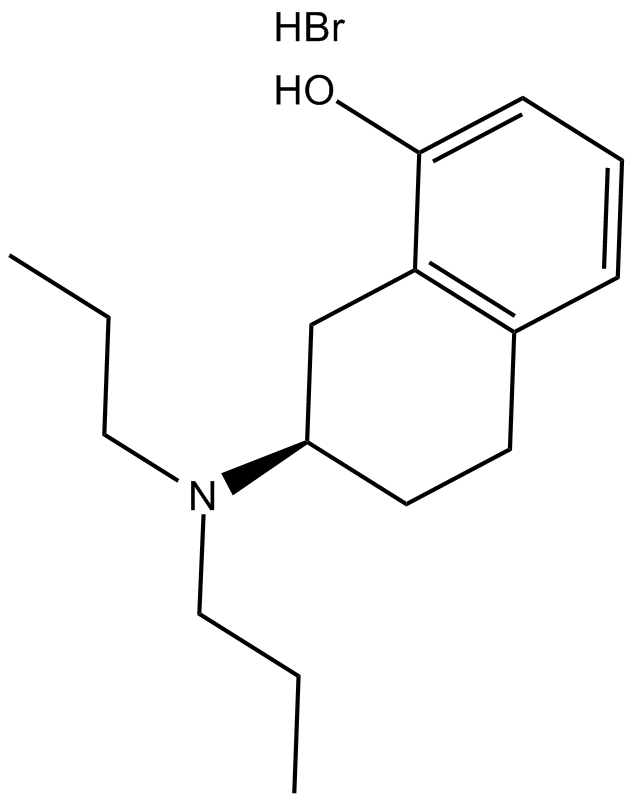 B6588 (R)-(+)-8-Hydroxy-DPAT hydrobromideSummary: 5-HT1A serotonin receptor agonist
B6588 (R)-(+)-8-Hydroxy-DPAT hydrobromideSummary: 5-HT1A serotonin receptor agonist -
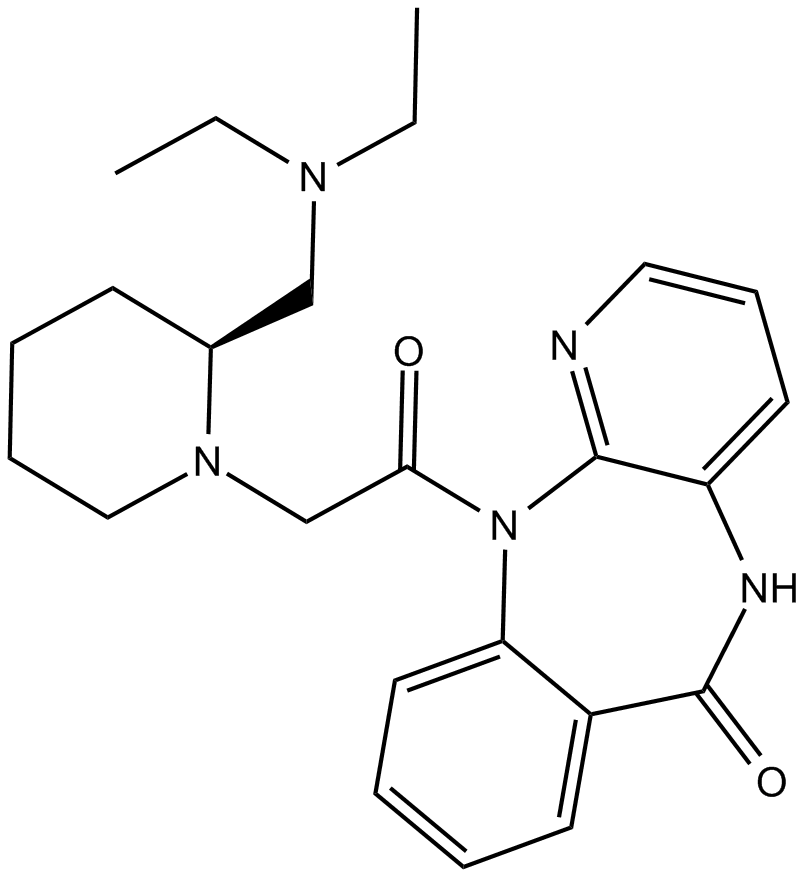 B6598 AF-DX 116Summary: M2 muscarinic receptor antagonist
B6598 AF-DX 116Summary: M2 muscarinic receptor antagonist -
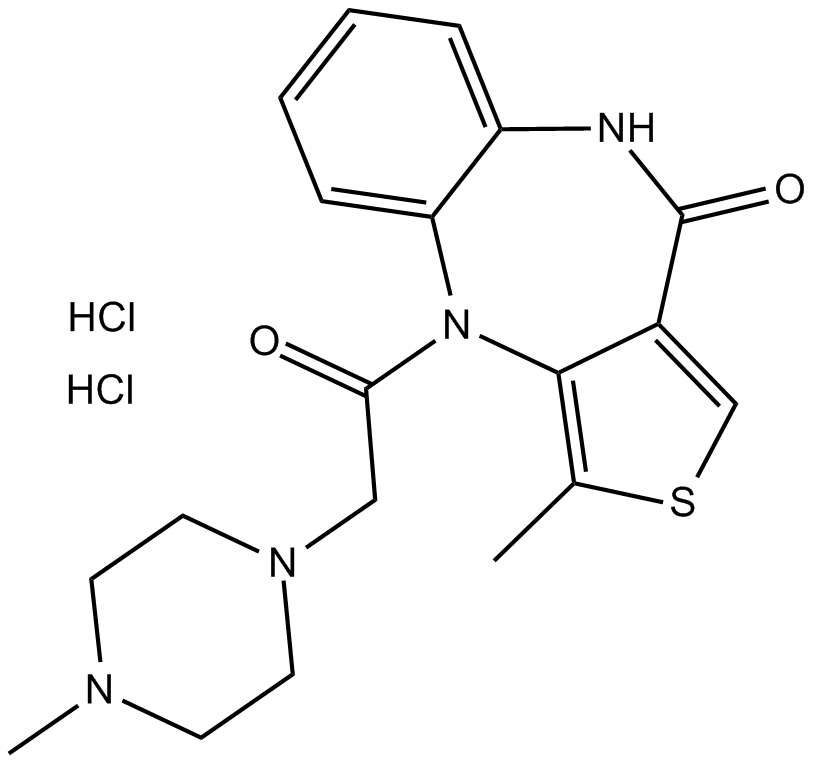 B6606 Telenzepine dihydrochlorideTarget: M1 ReceptorsSummary: muscarinic M1 receptor antagonist
B6606 Telenzepine dihydrochlorideTarget: M1 ReceptorsSummary: muscarinic M1 receptor antagonist

